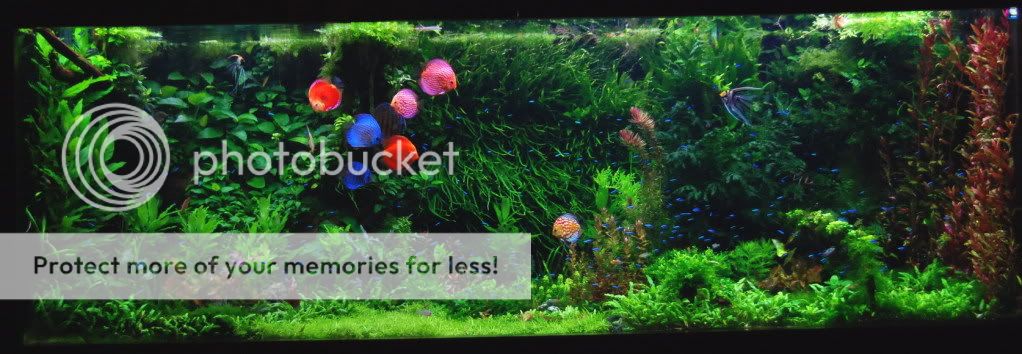Been thinking along the same lines myself after following your other thread.This is a bit of a ramble as i'm still thinking my way through this.
No one can ramble as much as me, LOL
This and say John Innes #3, are both intended for garden plants.These feed through their roots.As i gardener, i typically use compost such as this to grow seedlings on before planting out into the garden, into soil that has been mulched.
Most aquatic plants are often grown emersed so there is a large similarity from what I can tell.
6 weeks use seems to be pretty standard on most packaging and i've noticed that growth is stunted if the plants are left in the compost alone for too long.
Never hear any of the soil method aquarists talk about time limits though.
i don't want to get into the whole 'heavy feeders' debate over certain aquatic plants, but lets say that plants will take nutrients from where ever they can get them from,so therefore over time the soil is bound to expire,
I guess thats why some people advocate substrates with higher CEC.
but i don't know enough aquatic plants root systems & nutrient uptake to say how long that will take.
However in the meantime, mulm will be produced by both fish & the plants themselves and work back down into your substrate (just like i would compost my garden soil) to replenish the nutrient supply.
Maybe that is how the soil replenishes its nutrient base ? Anyone ?
Again, i don't know the time scale involved here.
"If soil only has a short shelf life surely we are better off using a plain substrate with high CEC and dosing ourselves ?"
I guess this approach will get you to the same point but by a different route.
Indeed, and tbh I am veering towards it at the moment ... mainly because the place I got my aquabasis+ from has agreed to go halves on a big bag of Colombo Florabase because of the perceived problem with the AB+. JBL are going to be testing the soil and depending on their results, I will be due another £15 back after the results on that are received. I am then contemplating putting something else with it, maybe Akadama, which has a high CEC and is cheaper than the AB+, to bulk it out. (Or I may just decide to be naughty and buy the second bag of florabase).
Anyone else is welcome to chip in on this...
Primous, i'm presuming, wants an 'organic' tank, with no additives.That's why he's chosen a peat free, organic soil.Probably cheaper in the long run, because the inital nutrient supply is in the soil, and when that's gone, it's replaced by fish waste.
If you're going to dose yourself, ferts will need to be bought (not expensive if you buy dry salts & mix yourself)
I haven't read it, but have you read Diana Walstad's book, sounds like it's essential reading if you want to follow the soil route.If you do, you can give me a synopsis
LMAO, I barely have time to read the forums at present let alone a book like that, although I will read it out of general interest eventually.



 /aquariumalgae.blogspot.com/ <<quite a good read.
/aquariumalgae.blogspot.com/ <<quite a good read.